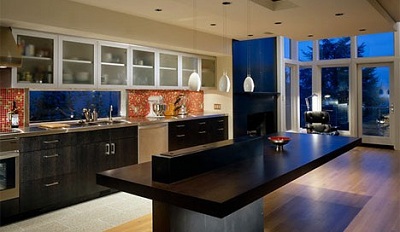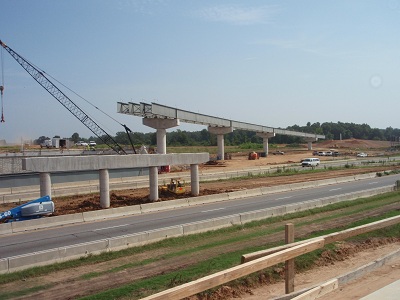The Pains And Rewards Of Value Engineering
 It is an inevitable exercise in design. Any kind of design, for that matter.
It is an inevitable exercise in design. Any kind of design, for that matter.
Value engineering (VE) attempts to make the most out of your money by prompting a deeper understanding of the requirements of a design project, and analyzing its functions to make the most use of the available resources. Unlike its reputation, true VE is not merely a cost-cutting process. It is—and as a designer, I’d hate to admit—a noble exercise in making the most out of a limited budget.
I have yet to work on a project with no budgetary constraints. Most projects, except for residential ones, work to recoup their “investment” within a determined period of time. Thus, how much to spend for a renovation is almost always dictated by a project’s ability to earn it back. With a VE process, members of a project team are at the onset, forced to dig deeper into the real values, function and aesthetic rewards of a project. VE helps set priorities. In philosophical terms, it seeks to find “the” end, rather than merely “an” end.
Tedious process
While VE at the onset of design may be a tedious and seemingly unnecessary process, it eliminates the need to redesign or respecify materials and methods at a much later phase when much effort has already been poured into the project, and when dreams and hopes have been inextricably linked with critical timelines and expenses. On the creative aspect, cost constraints can be a good tool for setting the parameters on design possibilities. Given the many possible design approaches and the limitations, the VE process helps narrow down the possibilities, often forcing a designer to be more creative or inventive. This is something Filipino designers in every field are good at.
In going through the VE process, finding optimum value also entails creativity in maneuvering cost options and their effects on the design intent. This process starts during the conceptualization phase of the design work, where available solutions, setbacks and implementation schedules are reviewed for their validity against the project goals. This is an exercise in introspection which can yield great results at less cost.

What could make this phase less effective, though, are project proponents who, at the onset, dream mindlessly of an end-product that their budgets cannot achieve. Setting limits is one thing, but aiming to reach for the moon and the stars with a paper plane is another. The exercise becomes futile, as goals have to be redefined and designs inevitably have to be redone at a much latter stage.
Renovations are the most difficult for value engineering. While new projects are easy to quantify, renovations usually surprise us with string after string of cost variations relating to unforeseen site conditions. Thus, budgets for renovations have to contain a hefty margin for unexpected work. Here, the exercise of VE narrows down costs to buffer unexpected expenses.
During the more advanced design stages, VE forces designers to look into the least expense in material specifications and methods of construction without compromising design integrity and quality. As a designer, this is probably the most challenging part of the exercise, for if one were not careful, design intent can be completely ruined. This, too, is where project proponents must understand that visual value plays a large role in achieving a project’s objectives. There are certain aesthetic elements that cannot be sacrificed. Doing so would defeat the whole design exercise.
Cost-saving
During construction, project managers and contractors can explore implementation processes for possible opportunities for cost saving. They can even go a step further by finding improved or equivalent materials at lesser cost. Owners must be wary though, for there are life-cycle and durability issues. And when schedules are tight, as in the middle of construction, short-term analysis and hasty decision-making can lead to long-term design inadequacies.
While the process of VE may be tedious and tiresome, it is essential in the development of a project, to improve functionality and to provide a clearer direction on aesthetic. It gets you the most bang for your buck. For an owner, it’s obtaining the best value. For a designer, it’s sharpening and retooling your design sensibilities.
(http://business.inquirer.net/160541/the-pains-and-rewards-of-value-engineering by Isabel Berenguer Asuncion)
